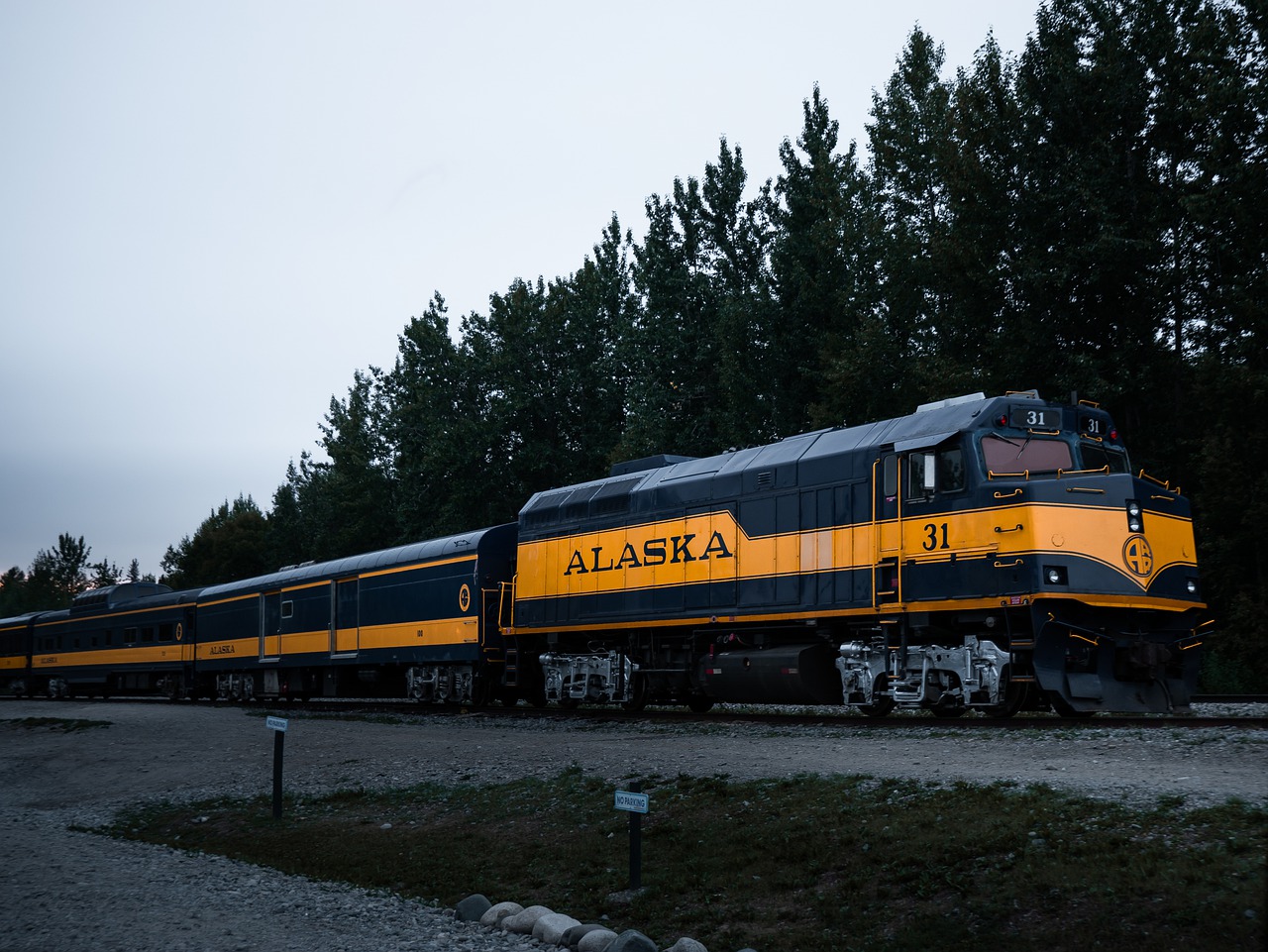The U.S. railroad system consists of seven major Class A roads. This group includes companies with annual revenues of at least $490 million.
Each of these railroads operates in several states over thousands of miles of track. They own both infrastructure and locomotives.
They account for the bulk of the work: about 68 percent of freight train mileage, 88 percent of employees, and 94 percent of revenues.
Most U.S. Class I railroads are larger, both in terms of infrastructure and locomotives available and in terms of traffic volume.
The largest such companies include:
BNCF, length of tracks - 52.3 thou km
Union Pacific, length of tracks - 51.6 thousand km
CSX, length of tracks - 33.7 thousand km
Norfolk Southern, length of tracks - 31,300 km.Two Canadian companies – Canadian National (31,500 km) and Canadian Pacific (19,900 km) – are operating successfully in the U.S. As well as Kansas City Southern (5,500 km), entering Mexico.
At the same time, the most numerous in the USA are small railroads of class II, working on short stretches. Many of them, in fact, are on the sidings of the enterprises. There are more than 600 such “first and last mile” roads.
Collectively, U.S. freight railroads form an integrated system of nearly 140,000 miles (225,300 km), which generated $80 billion in revenue in 2019. (more than $2 trillion).
In total, railroads account for about 40% of transportation in the country.
Class I railroads alone employ about 150,000 people in the United States, who are among America’s highest-paid workers.
In 2018, the average railroad worker was paid $92,300 for the year, and including fringe benefits, $130,200 (more than $10,000 per month). That’s 40 percent more than the national average income of production workers.
However, such a rosy picture was not always the case. American railroads have come a long way – through bankruptcies, deregulation, years of hard research and innovation, adapting to changing market conditions.

